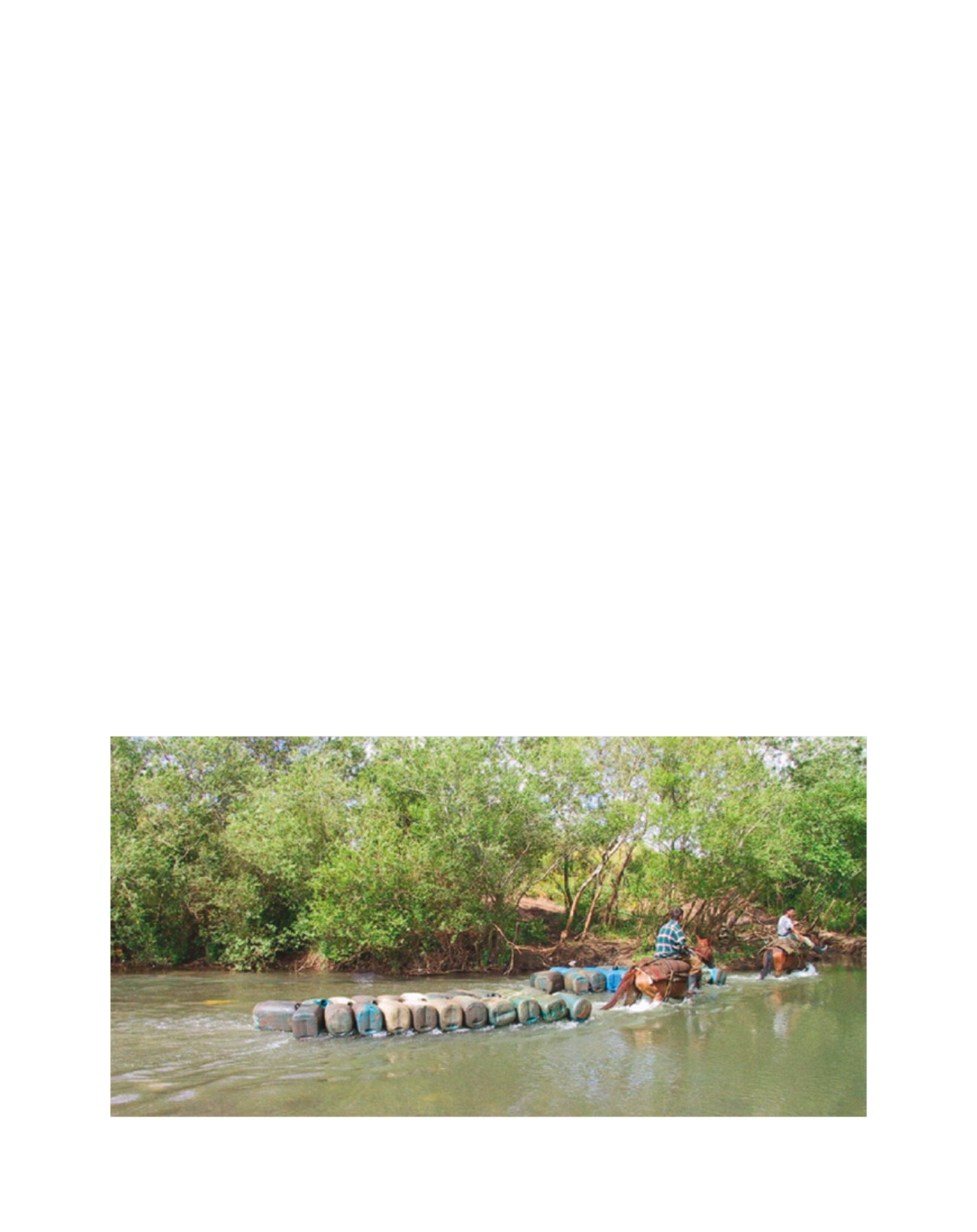

[
] 214
W
ater
C
ooperation
, S
ustainability
and
P
overty
E
radication
Conflicts often exist along this river between Lebanon
and Israel, such as in 2002. This is mainly attrib-
uted to the geopolitical situation in the region which
prevents the execution of any convention or treaty on
these transboundary water resources. There are some
studies and research projects that focus on these issues.
However, although these studies and projects have been
established and funded by international entities such as
the United Nations Economic and Social Commission
for Western Asia and the United Nations Development
Programme, no attention has yet been paid to them and
the conflict still exists.
In the light of the current situation, however, the
following potential measures can be proposed to
improve national capacities for better management of
transboundary water resources in Lebanon:
• initiating operational mechanisms for enhancing
the management of transboundary water resources
• improving capacity building on conflict resolution
and negotiation skills
• strengthening coordination and harmonization of
policies among various water sectors concerned in
transboundary water resources
• enhancing governance and partnerships with
donor communities on water projects along
shared water regions
• ensuring the ratification of watercourse conventions
• enhancing knowledge and information systems on
cross-border water resources
• developing national interests for a regional shared
vision and benefit sharing
• institutional strengthening of regional and national
mechanisms and institutions to improve the
management of shared water resources.
It is obvious that a considerable number of water resources in
Lebanon are shared with neighbouring regions. This is attributed
mainly to the geomorphic and geologic setting of Lebanon. In addi-
tion, most shared water resources originate from the Lebanese
territory which indicates their availability. However, no specific
hydrological measures have been known yet to articulate the current
status of these resources. Thus, a detailed assessment is needed to
allocate the volumetric measures of shared water resources.
Except for one treaty on transboundary water between Lebanon
and Syria, however, there is no other convention or treaty for
Lebanon’s shared water resources. This treaty was initiated in
1994 and concerned only the Orontes River. Before 1994, the
utilization of the Orontes River was limited to fish culture and
small-scale irrigation systems from a few wells.
6
However, lately
Syria uses 90 per cent of Orontes River water. In addition, Syria
executed five dams with total storage capacity of about 735 million
cubic metres per year, and then 120 million cubic metres per year
drains downstream towards Turkey. The established coopera-
tion between the Lebanon and Syria on the Orontes River permits
control of the run-off rate between the two countries, as well as
allowing the use of the joined aspects of water from this river. This
includes water pumping from the river and feeding springs, as well
as uniform groundwater exploitation. The 1994 treaty between
Lebanon and Syria reveals a successful aspect of effective coopera-
tion on transboundary water. Nevertheless, this is not the case for
other Lebanese shared water. There remains a clear ignorance on
the Al-Kabir River, which extends along the northern border of
Lebanon with Syria. This has resulted in uncontrolled behaviour
along the river watercourse, such as the smuggling, direct water
pumping, sewage outlets into the river and many other aspects of
water waste-use.
This is also the case with south and south-eastern Mediterranean
countries, where the El-Wazzani River, which originates in Lebanon,
runs downstream without any volumetric or quality control.
Gasoline smuggling along the Al-Kabir River between Lebanon and Syria due to the lack of informal controls
Image: National Council of Scientific Research (CNRS), Lebanon


















